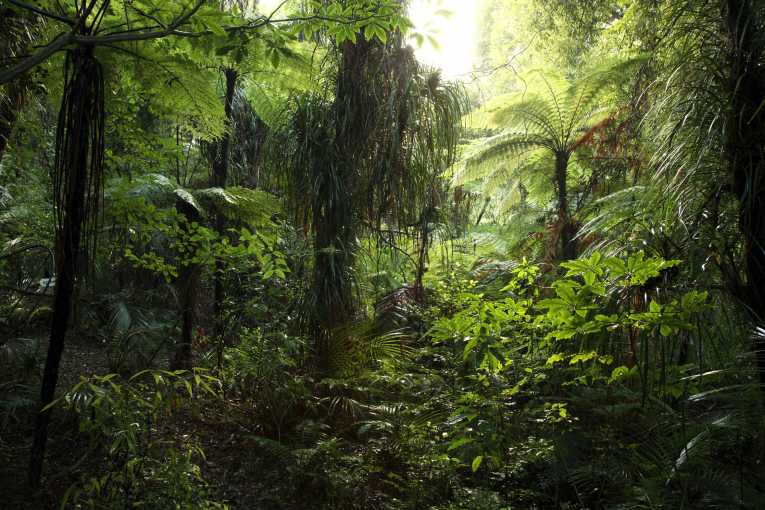Recent studies may have shown that the oceans, and the soils, are losing their appetite for our carbon emissions. But at least the world's forests appear, for the moment, to be swallowing their share of CO2. Forests are recognized as a carbon sink - absorbing and storing up to 18% of man-made CO2 emissions, in their trees, soils and deadwood. Now a recently completed global study of forests - and the ebb and flow of carbon through them - shows forests holding their own.
The work, being published on ScienceExpress today, gathered together swathes of data tracking world forests going back to 1990. This was combined with statistical modeling of the processes involved in the forest's carbon storage, to produce a detailed accounting of carbon - across tropical, temperate and the northern boreal forests - for the last three decades.
And whilst the overall picture is of a slight increase in the carbon being sunk into the world's woods, the details capture a snapshot of forests caught in a restless dance - between forest loss, new growth and deforested areas that are springing back to life. The team estimates that forests have nudged up their net carbon-gobbling up to 1.2 billion metric tons per year, for the period 2000-2007. That compares to an estimate of 1.0 billion metric tons for each year in the 1990's.
A particular focus of this study, led by Yude Pan of the USDA Forest Service, was the regrowth forests of the tropics. These are areas of land that were previously cleared of much of their forest, but which have since been left to make a comeback. They have often been overlooked in previous research, the authors claim. But this new work shows that they have helped to balance out the carbon lost to the atmosphere by ongoing deforestation.
Different types of forest in various parts of the world also have their own unique carbon story to tell, according to the paper. In the US, the temperate forests has been growing in area, with new forests reclaiming land that was previously farmland. That has given the carbon sink in the US a 33% kick upwards. China also saw an increase in its forest carbon sink by a third, with its aggressive program of planting new forests paying dividends.
But Canada saw the carbon in the plants and trees of its northern forests halve between the 1990's and the 2000-7 period. That was the result of increased wildfires, and pest invasion. Overall, the authors see forests as continuing to be an important - if fragile - store for carbon emissions, provided deforestation rates can be cut. However, with climate change still posing an unknown risk to forests around the world, relying on the forests in this way may be dangerous.
'Adding geological carbon from fossil fuels into the contemporary carbon cycle and then relying on biospheric sequestration is not without risk, since such sequestration is reversible from climate change and human actions,' the authors conclude.
Top Image Credit: © Les Cunliffe










